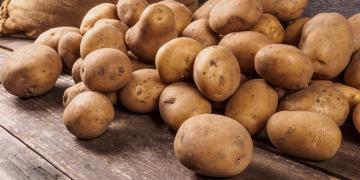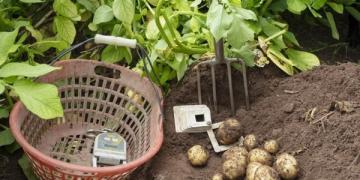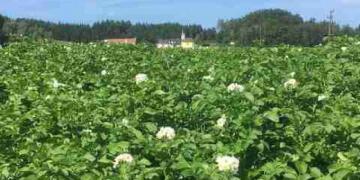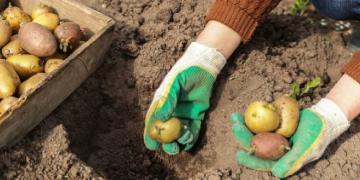Filipinas: Why the humble potato has even more to offer the world
IT goes without saying that the humble potato is a staple of dozens of global cuisines. Almost 92 million metric tons of potatoes are produced on an annual basis.
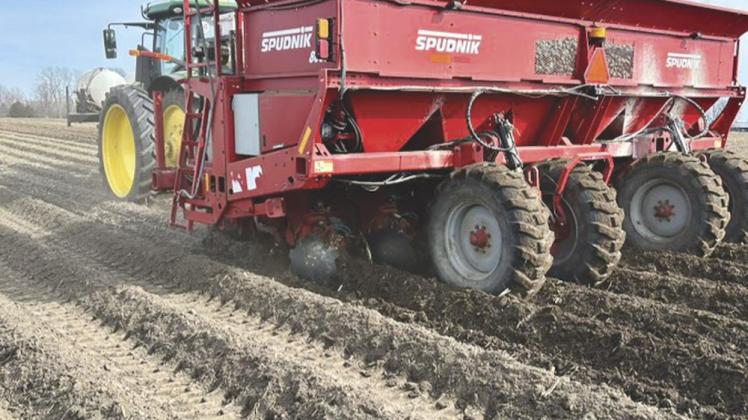
According to the International Potato Center in Lima, Peru, over 1 billion people consume potatoes worldwide. After rice and wheat, it is the most important food crop globally in terms of human consumption.
In the Philippines, potato consumption is projected to reach 307,000 metric tons by the year 2026, while potato production is projected to reach 122,040 metric tons by the same year.
With such a huge reliance on the crop worldwide, I believe it is vitally important to protect and enhance its safe production for current and future generations. This means virus-free potato crops are an absolute imperative.
Potatoes are different from other crops such as wheat, soya beans and corn. As they contain a lot of water, they can’t be stored for long periods. When transported, potatoes bring with them the soil in which they were grown. Since the transportation of soil across borders is very strictly quarantined, crops tend to be both grown and consumed locally. There are no commodity or futures markets for potatoes, meaning there are no multinational companies in the business. In other words, the market is a fragmented and very challenging one.
Potato viruses are predominantly caused by sap-sucking aphids like greenfly and blackfly. The green peach aphid can transmit over 100 viruses to a variety of plants. Another virus, potato leaf roll, is carried in the gut of the aphid and infects the potato plant via its saliva. Because these viruses are so easily transmissible, they are notoriously difficult to eradicate. Removing aphids from a common houseplant is one thing, but successfully getting rid of them from an entire crop is something else entirely.
Current methods of preventing diseases such as potato blight include ensuring there is enough distance between each plant and treating each with a fungicide before the blight makes its unwelcome appearance. Some growers choose to rotate their crops, so the disease is prevented from flourishing in the soil. Removing and destroying both the tuber and plant when blight strikes is another method.
Students of European history may know that it was the cause of the potato famine in Ireland in the 1840s. It wasn’t until the early 20th century, when more was known about blight, that steps were taken to prevent it from destroying future crops.
A recent method of producing virus-free seed involves a microtuber which is about the size of a soya bean. It weighs approximately one gram and is grown in a laboratory under highly controlled conditions and can be mass-produced. Unlimited duplication is also possible all year round. The life cycle of a potato is about six years, but with microtubers, this reduces significantly to between one and two years. The knock-on effect is a greatly reduced risk of the crop contracting a virus, along with a reduction of resources like water, fertilizer, chemicals and electricity.
The process itself involves procuring virus-free stems, propagating these stems, inducing tuber formation and subsequently harvesting microtubers.
The purpose of virus-free seed potatoes is to ensure the disease is not carried on through generations of crops. Roughly 10 to 15 countries have a system in place to utilize this method, while the rest of the world’s potato-growing countries still use virus-infected seed potatoes.
I believe that to move forward, there are two options for each region: produce the virus-free seed or import it. The latter is possible, but very limited in volume due to the numerous aforementioned difficulties and restrictions involved in trading and cultivation protocols.
When we consider places in the world most stricken by poverty, the majority of us probably think of Africa. It has a very low percentage of high-quality seed, at around 5 percent. With microtubers, this can be increased to between 30 and 40 percent. This means local farmers can benefit from a higher percentage of quality seed and increase revenue by multiple amounts as potato crop yield is much increased as a result. This has huge potential in the fight against world hunger. The WFP (World Food Program) estimates that the number of people facing food insecurity has risen by a truly frightening 200 million over the past three years. This has not been helped by the devastating effects of Covid-19 and the ongoing Russia-Ukraine conflict.
In conclusion, virus-free potato crops and their increased yield have never been more important. If the millions of people worldwide currently suffering from hunger and malnutrition are going to survive, this is as good a place as any to start. The potato may be regarded as humble and even unloved, but it might just save the world.
Keejoon Shin is the founder and chief executive of E Green Global, an agritech company headquartered in Seoul, South Korea, which aims to utilize its unique microtuber technology in the worldwide fight against hunger and poverty.
Fuente: https://www.manilatimes.net/2023/06/18/business/sunday-business-it/why-the-humble-potato-has-even-more-to-offer-the-world/1896570




